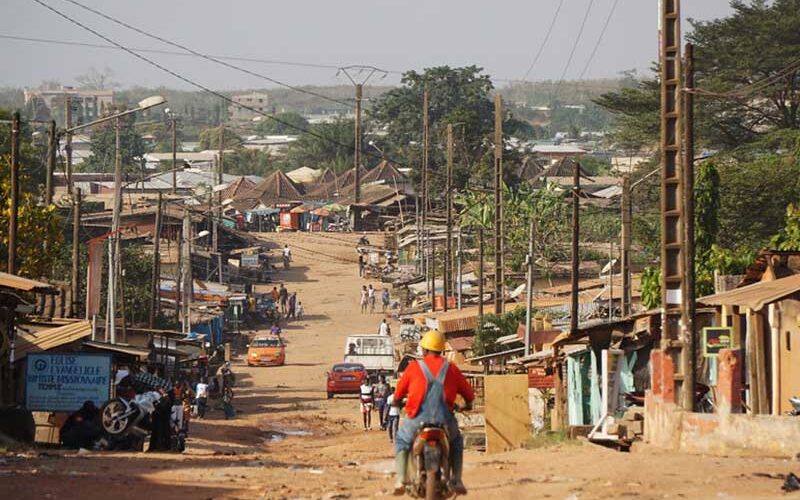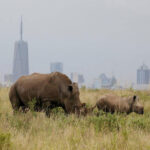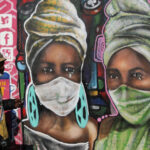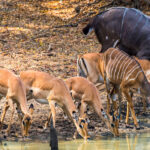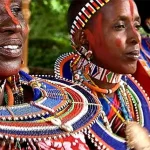GOVERNMENTS’ failure to recognise the land rights of indigenous communities and their role in protecting biodiversity could lead to more coronavirus-like pandemics, researchers said on Tuesday.
A study of more than 40 countries found many local people’s land claims were being ignored, amid increasing deforestation and wildlife exploitation, which may be contributing to a rise in diseases, like COVID-19, that pass from animals to humans.
“Despite compelling evidence that indigenous peoples, local communities, and Afro-descendants protect most of the world’s remaining biodiversity, they are under siege from all sides,” said Andy White of the Rights and Resources Initiative (RRI).
“Our work suggests the answer is to invest in the countries and communities that are ready to scale up land rights. Failure to do so puts at risk the health of the planet and all of its people,” White, the study’s co-author, said in a statement.
The study by the RRI – an alliance of more than 150 organisations advocating for community land rights – comes ahead of a United Nations pledge expected to be agreed in 2021 to set aside 30% of the planet’s land and sea for conservation by 2030.
Despite local people managing and protecting 50% of the area studied – which included Brazil, India, China, Kenya, the Democratic Republic of Congo and Indonesia – governments recognised only half of community land claims, RRI said.
This needs to be addressed urgently, said researchers, as a growing number of zoonotic diseases – including Ebola, MERS, West Nile fever, Zika, SARS and Rift Valley fever – have recently jumped from animal hosts into the human population.
The most dramatic example is the new coronavirus, which is believed to have emerged in a market in China last year after jumping the species barrier from the animal kingdom to infect humans. It has killed more than 930,000 people so far.
Anthony Waldron, a conservation finance researcher based at Cambridge University, said securing indigenous peoples’ land rights was key to stemming the spread of such diseases.
“If there is chaotic development in a forest where people and wildlife are coming more into contact with one another, then it’s only a matter of time before a virus jumps into the human population,” he told a virtual briefing.
“If you don’t have defined land rights, you don’t know who owns what part and anyone can happily invade. If you have clearly defined land rights … which indigenous groups can manage … there is smaller risk those viruses can jump.”
About 60% of known infectious diseases in humans and 75% of all emerging infectious diseases are zoonotic, largely due to the increased interaction between humans, animals and the environment, according to the United Nations.
Most efforts to control zoonotic diseases have been reactive rather than proactive, said environmental experts, calling on governments to invest in public health, farm sustainability, end over-exploitation of wildlife and reduce climate change. – Thomson Reuters Foundation.

